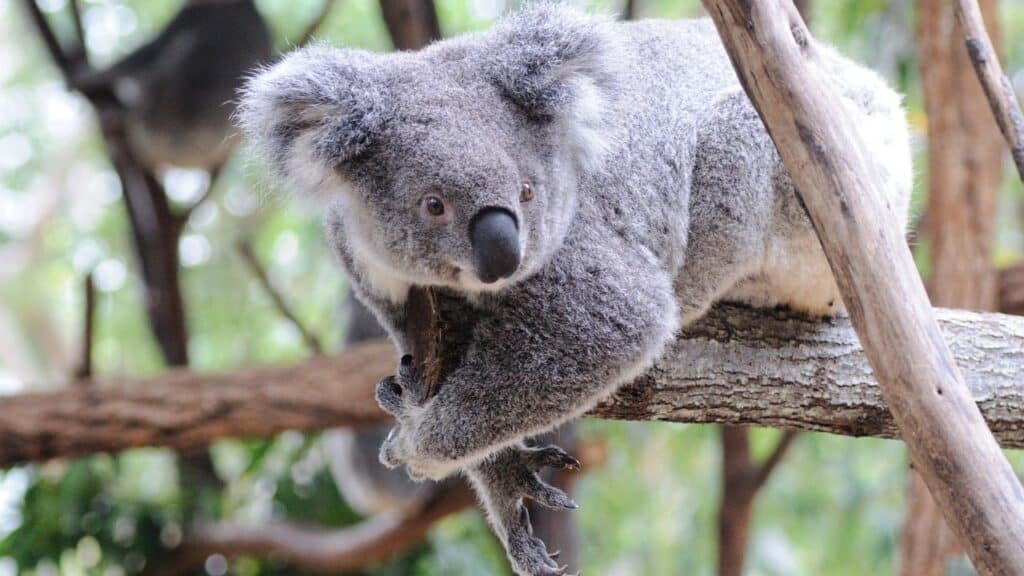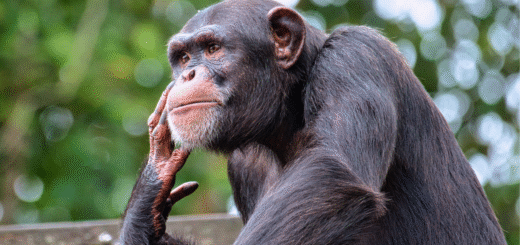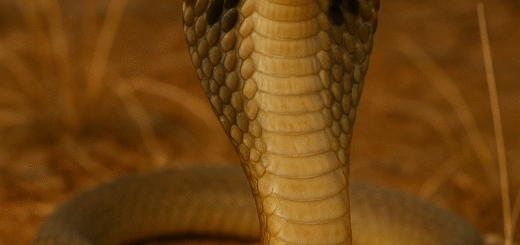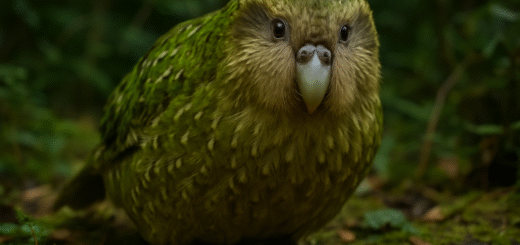Understanding Koalas: An Icon of Australian Wildlife
Koalas, known scientifically as Phascolarctos cinereus, are one of Australia’s most iconic and beloved marsupials. These tree-dwelling animals are often mistaken for bears but are more closely related to wombats. Koalas are known for their distinctive appearance, sleepy demeanor, and unique dietary habits. Read to about Honey Bee

Biology and Physical Characteristics
Koalas are easily recognizable by their stout, tailless bodies, large heads with round, fluffy ears, and large, spoon-shaped noses. Adult koalas typically weigh between 4 to 15 kilograms, with males being larger than females. Their fur is thick and woolly, ranging in color from light grey to brown. Koalas have sharp claws and strong limbs, which aid in climbing and gripping onto tree branches.
Habitat and Diet
Koalas are native to Australia and inhabit eucalyptus forests and woodlands in the eastern and southeastern regions of the continent. They are highly specialized herbivores, feeding almost exclusively on eucalyptus leaves. Eucalyptus leaves are low in nutrients and high in fibrous material, which koalas digest with the help of a specialized, lengthy gut.
Behavior and Reproduction
Koalas are solitary and territorial animals. They spend most of their time sleeping in trees, up to 18-20 hours a day, due to the low energy yield of their diet. Koalas communicate with various vocalizations, including a loud, low-pitched bellow. Breeding occurs once a year, with females giving birth to a single joey, which stays in the mother’s pouch for about six months and then clings to her back until it is about a year old.
Conservation Status
Koalas are listed as vulnerable to extinction by the International Union for Conservation of Nature (IUCN). Threats to their survival include habitat destruction due to urbanization and agriculture, diseases like chlamydia, and the impacts of climate change, such as increased frequency and severity of bushfires. Conservation efforts focus on habitat preservation, disease management, and research into koala biology and ecology.
Cultural Significance
Koalas hold a significant place in Australian culture and are an important symbol for wildlife conservation efforts. They are a popular attraction for tourists and are featured in various forms of media, art, and literature, contributing to Australia’s cultural identity.
Conclusion Koalas are not just a symbol of Australia’s unique wildlife but also a reminder of the delicate balance between humans and nature. Protecting koalas and their habitats is essential for preserving Australia’s natural heritage and biodiversity. Through continued conservation efforts, we can ensure that these charming marsupials continue to thrive in their native environment.








